Reading the Unwritten: Visual Art as a Narrative Form
Welcome back to your exam preparation! This passage tackles an abstract concept: how visual art tells stories. In exams like the TOEFL and IELTS, you’ll often find texts that discuss art, philosophy, or media. The key skills here are understanding abstract ideas, interpreting an author’s argument, and grasping specialized vocabulary.
Strategies for Abstract Texts:
- Visualize the Concepts: The passage talks about visual art. As you read terms like “composition,” “symbolism,” or “juxtaposition,” try to create a mental image of what the author is describing. This can make abstract ideas more concrete.
- Connect Examples to the Argument: The author uses examples ranging from cave paintings to modern comics. For each one, ask: “What specific point about visual storytelling is this example meant to prove?”
- Don’t Get Stuck on Jargon: You might encounter unfamiliar, art-specific terms. Often, the author will provide context clues or a brief explanation. Focus on the overall meaning of the sentence rather than getting bogged down by a single word.
Time Management:
Let’s keep the pressure on. Give yourself 18-20 minutes to read the text and answer the 10 questions. This consistent practice is key to building speed and confidence.
The Silent Narrative: How Visual Art Functions as Storytelling
Long before the written word became the dominant medium for recording history and myth, humanity was already telling complex stories through images. From the Paleolithic cave paintings of Lascaux, depicting dramatic hunting scenes, to the intricate hieroglyphs of ancient Egypt, visual art has always served as a primary and powerful narrative vehicle. While we may associate storytelling with the linear progression of text, the language of art—composed of color, line, composition, and symbolism—is capable of conveying narratives with an immediacy and emotional depth that words sometimes struggle to match. It does not just describe a world; it presents one directly to the viewer’s senses.
The narrative power of a single, static image often lies in its use of iconography and symbolic representation. A Renaissance painting of a religious scene, for instance, does not need to spell out the story for an audience familiar with its symbolic language. A lily might symbolize purity, a skull mortality, and a specific configuration of figures can instantly call to mind a well-known biblical event. The artist thus leverages a shared cultural vocabulary to tell a story in a single frame. The composition itself becomes a form of grammar, guiding the viewer’s eye from the most important element to the supporting details, creating a hierarchy of information and a palpable sense of tension, climax, or resolution.
Furthermore, some forms of visual art are explicitly sequential, mirroring the structure of written narrative. Consider the medieval tapestry or the stained-glass window, where a series of panels unfolds a story over space. This tradition finds its modern successor in the comic book and graphic novel, a medium where the juxtaposition of images in a sequence—a technique known as “closure” in comic theory—forces the reader to actively participate in creating the narrative by filling in the gaps between panels. This active participation can forge a uniquely powerful connection between the story and the audience, as the viewer becomes a co-creator of the narrative’s meaning and rhythm.
However, to claim that visual narrative is superior to or a replacement for text would be a reductive oversimplification. Each medium has its own inherent strengths and weaknesses. Text is unparalleled in its ability to explore abstract thought, internal consciousness, and complex chains of cause and effect. Visual art, conversely, excels at conveying sensory experience, spatial relationships, and instantaneous emotional impact. The most potent forms of storytelling throughout history have often been those that hybridize the two. Illuminated manuscripts, captioned photographs, and, of course, film, all demonstrate that the combination of image and text can create a narrative experience more rich and multifaceted than either could achieve alone.
Reading Comprehension Quiz
Key Vocabulary & Phrases
- Narrative Vehicle: This is a phrase used to describe the medium or method used to tell a story. In the text, visual art is presented as a powerful “narrative vehicle.”
- Immediacy: This quality refers to bringing someone directly into an experience, without a delay or intermediary. Art can have an “immediacy” that text, which must be read over time, might lack.
- Static: This adjective means lacking in movement, action, or change. The passage discusses how even a “static image” (a single, still painting) can tell a story.
- Iconography: This refers to the visual images and symbols used in a work of art; it is the study or interpretation of these. The “iconography” of a Renaissance painting helps tell the story to a knowledgeable viewer.
- Leverages: As a verb, this means to use something to maximum advantage. An artist “leverages” shared cultural symbols to communicate complex ideas quickly.
- Sequential: This means forming or following in a logical order or sequence. A comic book is a form of “sequential art” because the panels follow one another in order.
- Juxtaposition: This is the act of placing two things side by side, especially for comparison or contrast. The “juxtaposition” of panels in a comic creates meaning.
- Reductive: This is a critical term for something that is presented in a way that is too simplified. Calling one medium flatly superior to another is a “reductive” argument.
- Unparalleled: This means having no equal; exceptional. The passage says text is “unparalleled” in its ability to explore abstract thought.
- Multifaceted: This adjective means having many different aspects or sides. Combining text and images can create a more “multifaceted” narrative experience.
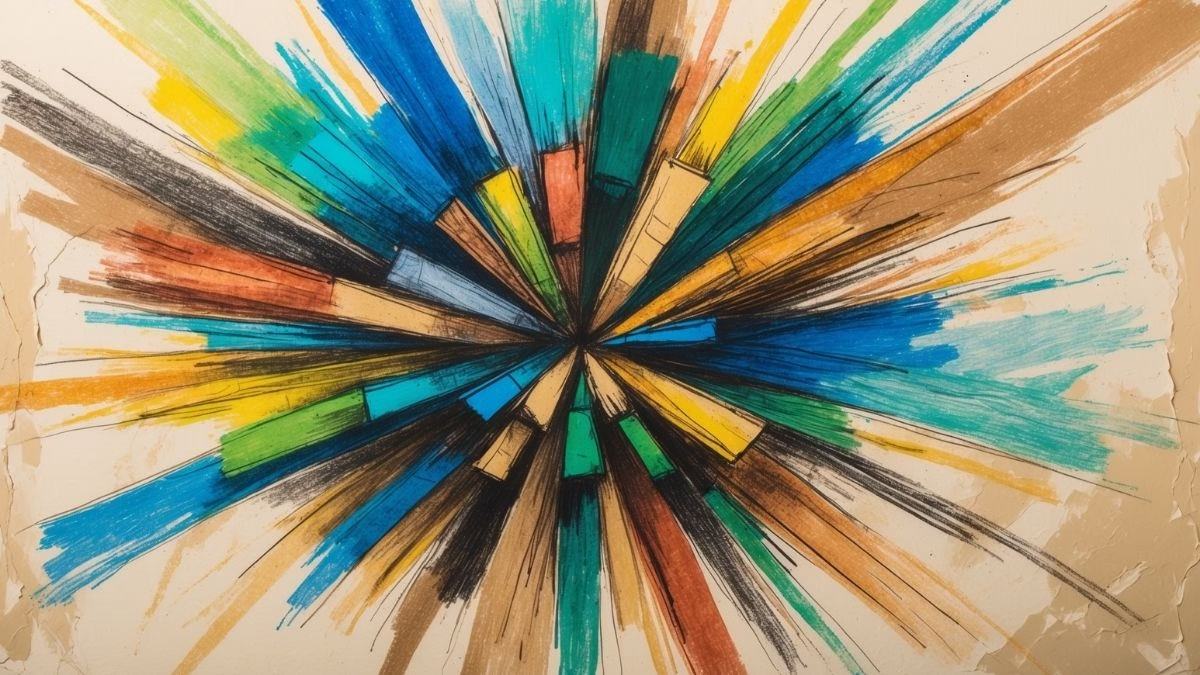
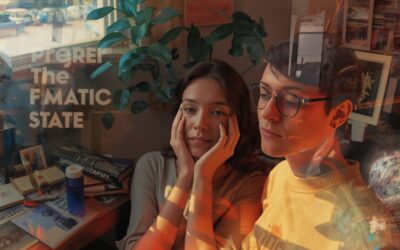

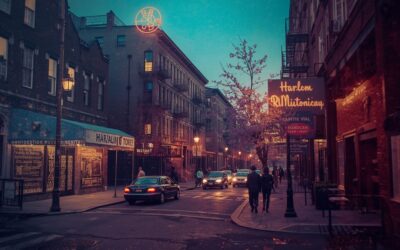
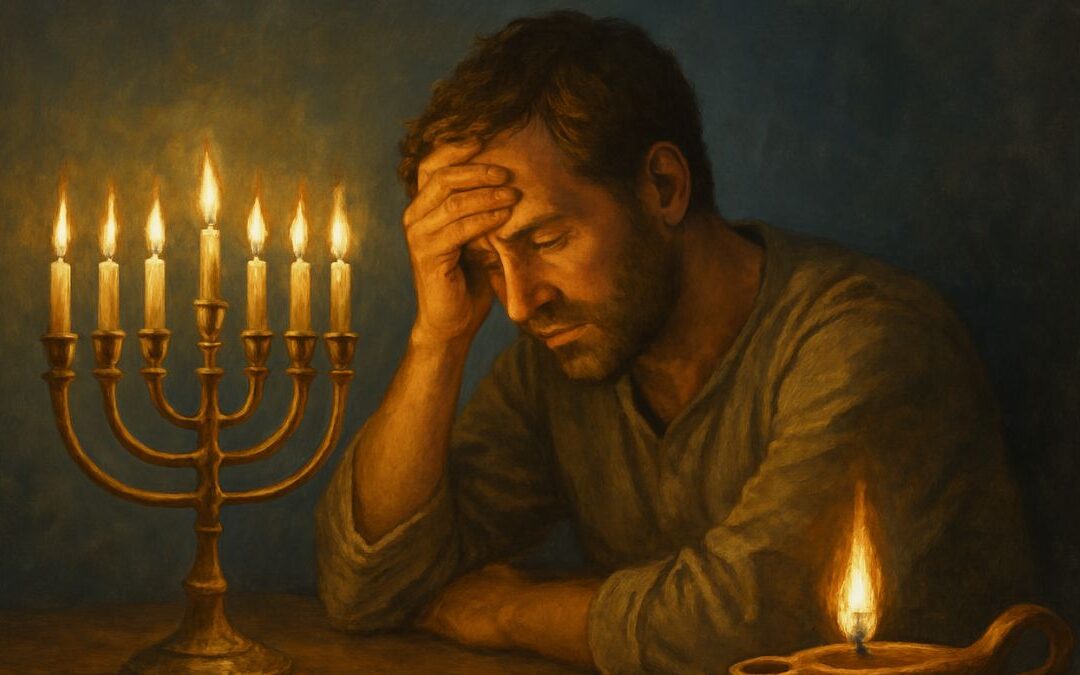
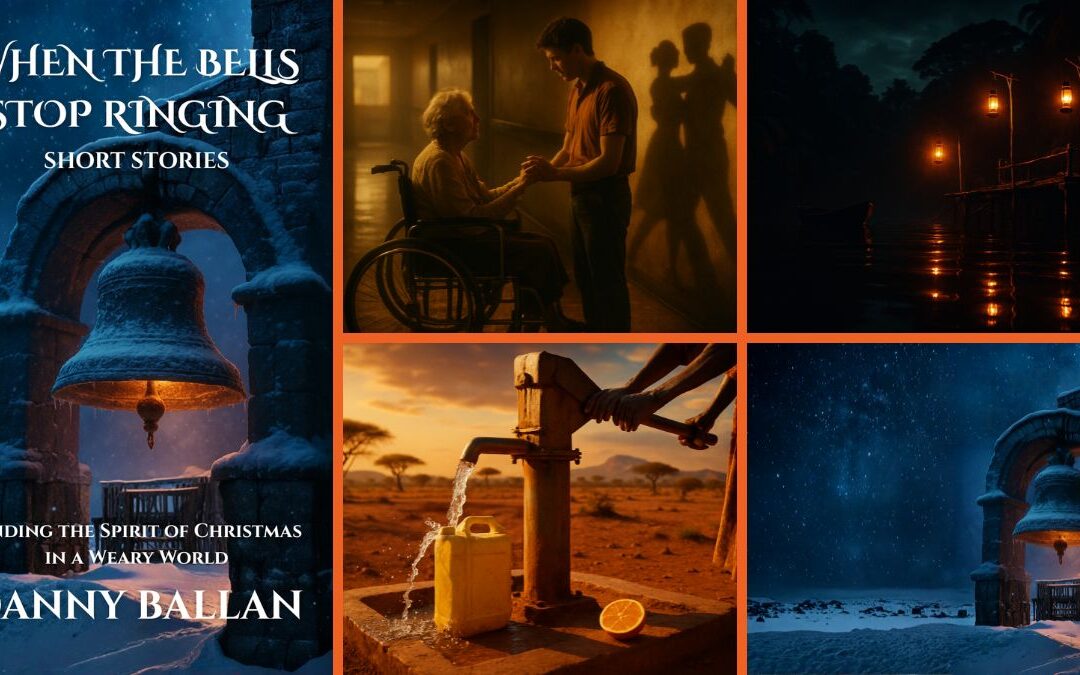




0 Comments